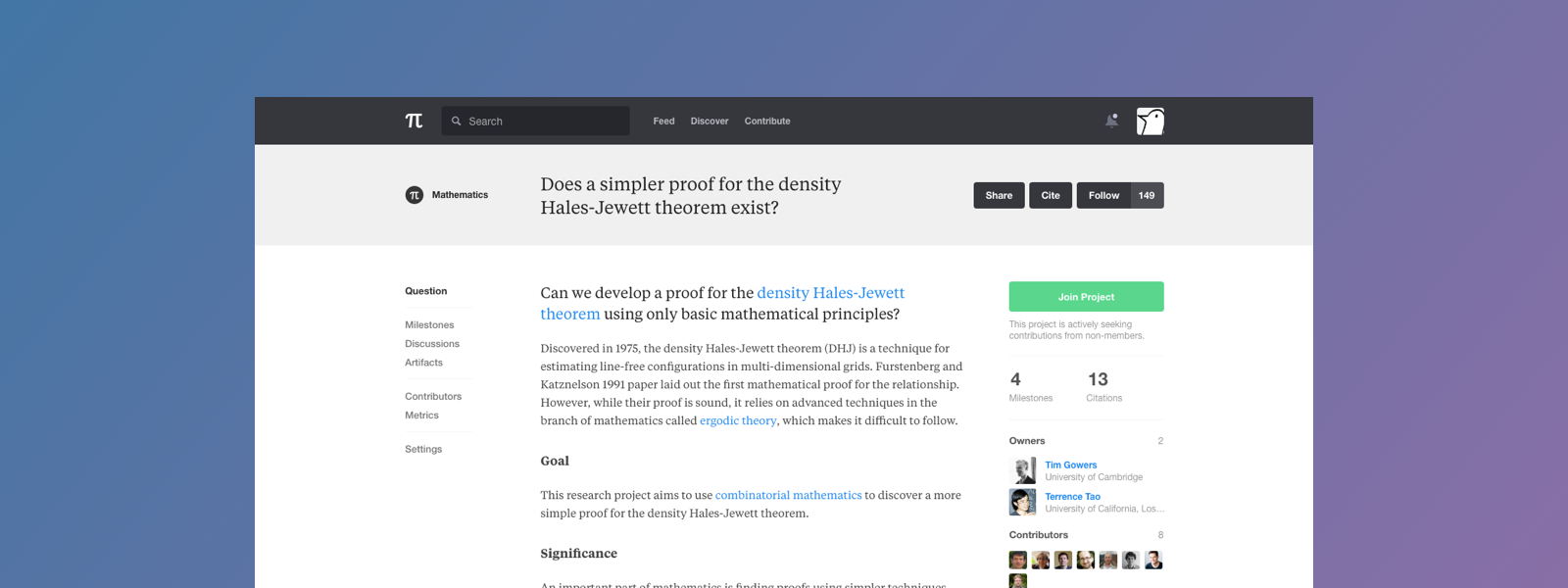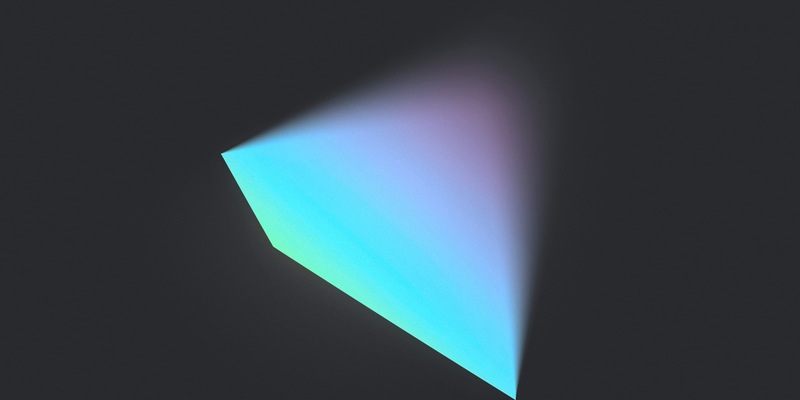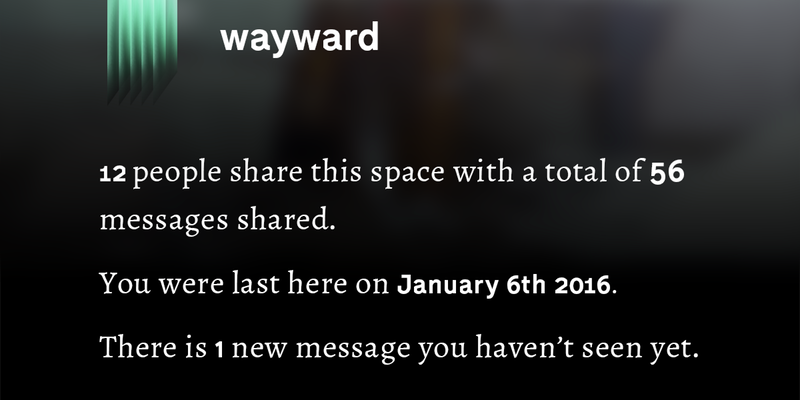
Science is broken. Everyone in the field knows it’s the case, but it’s hard to create incentive for change.
Our current means of conducting science is based on the 17th century academic journal: researchers conduct studies, summarize their findings, submit them to journals for review and, if the means of study are passable, for publication. But what worked in the 1600s, doesn’t necessarily work now. Journals today create a science that is:
Expensive: Publishers of journals (like Elsevier) paywall publicly-funded research, making the learnings of other scientists inaccessible to all but those willing to pay the exorbitant fees.
Competitive: Grants agencies and universities fund new research based primarily on citation counts of an authors’ past papers. Encouraged by the desire to make sure their papers are highly-cited (and their jobs are kept), scientists hoard information privately for their own high-profile journal articles rather than sharing knowledge as it develops.
Inaccessible: Heavy discipline-specific terminology, and a lack of context around the research makes it difficult for non-experts to follow along. Ideas are slow to be vetted and communicated to the public or enthusiasts.
The academic journal is simply no longer a good model for scientific development. What might a better system look like?
Problems rather than Papers
Polysoph is an open and collaborative research platform centred around problems rather than papers. Inspired by the success of the Polymath Project, an attempt at collaborative mathematics centred around a single difficult problem, Polysoph adapts successful ideas from the open-source software movement and applies them to the development of scientific insights.
Open, Public Discussion
The core of Polysoph is a discussion-style interface. Scientists are able to discuss ideas, approaches, uploaded datasets, or referenced articles and books.
And because Polysoph is a web-based platform, research projects are discoverable and open to contributions from experts around the world. This is vital: there may only be three people in the world who specialize in the
Better Feedback
Lots of things can go wrong in the traditional “
By allowing outside contributors and affordances for community review, Polysoph helps researchers identify bad scientific practices before wasting time running invalid experiments.
Traceable Contributions
Rather than relying on inaccurate metrics for measuring impactful science like citation counts and “impact factor”, Polysoph enables universities and government grant agencies to fund research better.
Polysoph provides not just citation count information, but rich data about who’s viewing the repository, who’s contributing to it, and how. Leveraging this data, institutions can get a better understanding of what research is actually impactful, and what researchers are making the most meaningful contributions (even if their hypotheses don’t always work out).
Problem Archival & Context
To exist on the platform, research are required to document not just the questions at play, but their context and significance too. This way, non-participants are able to see not just what questions are being asked, but why they’re worth the work in the first place.
Demanding accessible explanations enables enthusiasts without scientific backgrounds to jump in and contribute skills that many scientists lack, such as programming abilities or visualization and communication knowledge.
And when problems have been solved, researchers can document findings in a clear and concise way, as well as point people to any
This project is still in progress, but will be available at the show on April 19th.



